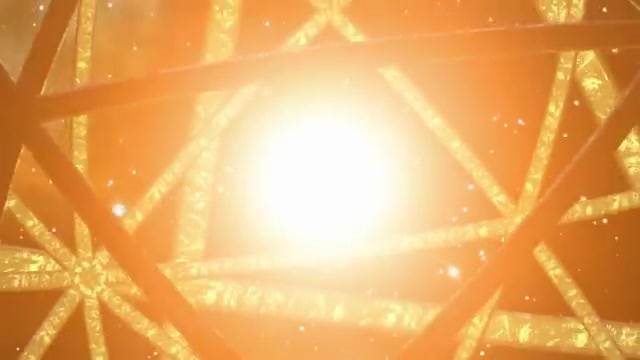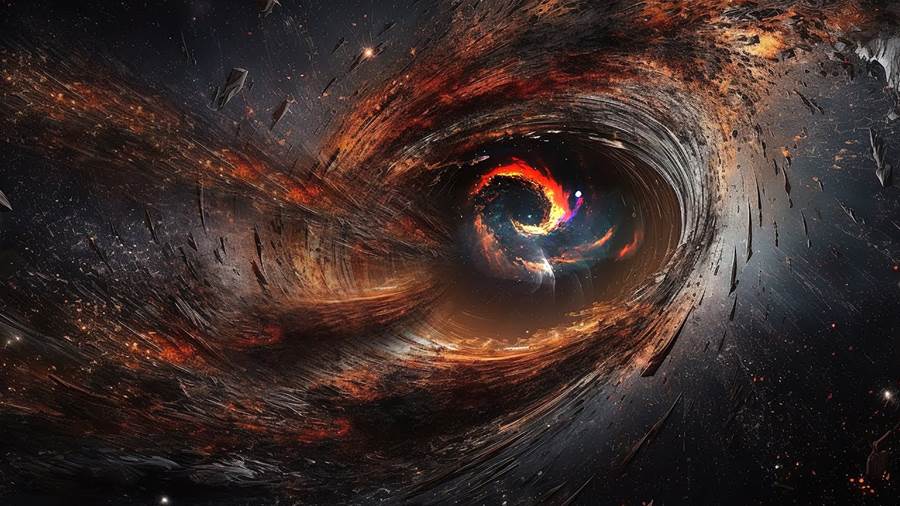
The concept of a Dyson Sphere embodies the dream of decoding an ultimate solution to our energy needs by harnessing the entire output of a star. Originally proposed in 1960 by the esteemed physicist Freeman Dyson, it is an exquisite megastructure that enfolds a star to capture its total radiated light and heat. A tool conceived by a curious mind, the Dyson Sphere holds implications that are both fascinating and worrisome. If our advanced civilization could construct such an ambitious structure, what might be the repercussions of its creation?
The Mechanicism of a Prototype Dyson Sphere
The construction process of a Dyson Sphere is a project so grand in scale that it almost defies imagination. Initially, the plan starts with the fabrication of a network of satellites, an 'energy net', capable of capturing and rechanneling solar energy. The energy net is then gradually expanded until it fully encapsulates the sun, transforming the sun's radiation into useful heat and electricity. This energy could sustain our civilisation and boost technological advances beyond current boundaries.

Estimations have been made suggesting that a Dyson Sphere would require about 100 quadrillion tons of matter, which could theoretically be extracted from the planets in our solar system.
The article is not finished. Click on the next page to continue.
The article is not finished. Click on the next page to continue.
Next page


















